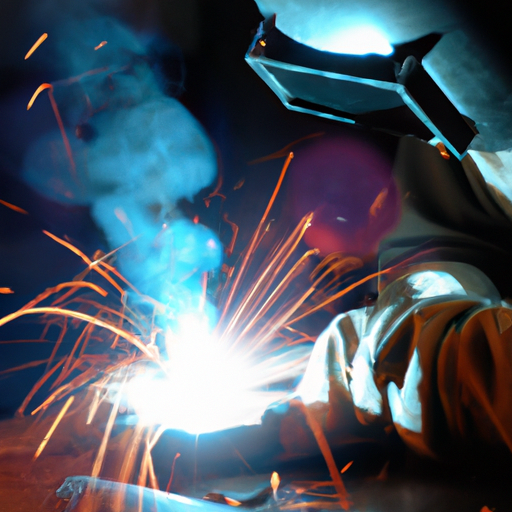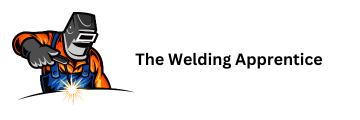Have you ever wondered if it’s possible to learn welding on your own? Well, the answer is a resounding yes! In this article, we will explore the possibilities of teaching yourself the art of welding. Whether you’re a DIY enthusiast or simply curious about acquiring a new skill, we will discuss the resources, techniques, and tips that can help you on your self-taught welding journey. Get ready to ignite your passion for welding and discover the thrill of creating metal masterpieces from the comfort of your own garage!
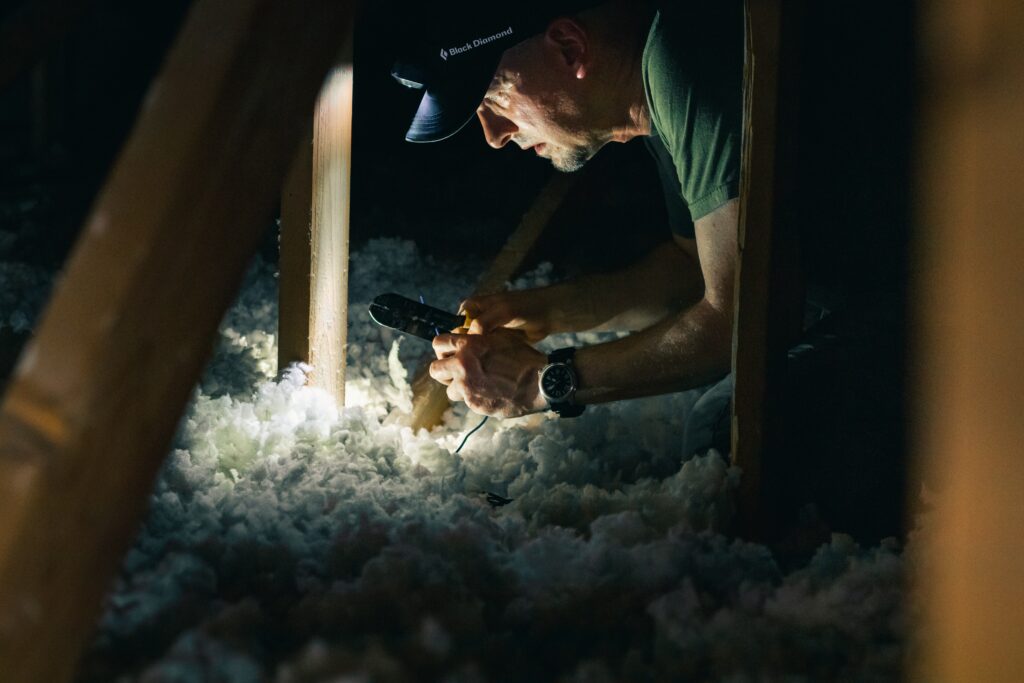
The Feasibility of Self-Learning Welding
The difficulty level of learning welding independently
learning welding independently may seem daunting at first, but it is certainly feasible with the right dedication and resources. While it may require more effort compared to learning under the guidance of a professional, the satisfaction of acquiring a new skill on your own can be immensely rewarding. It is important to recognize that welding is a skill that requires precision, attention to detail, and consistent practice. By approaching it with a positive mindset and a willingness to learn, you can overcome any initial challenges and become proficient in welding.
The prerequisites for self-teaching welding
One of the advantages of self-learning welding is that there are no strict prerequisites to get started. However, having a basic understanding of metalwork can provide a strong foundation. Familiarizing yourself with different types of metals, their properties, and how they react to heat and pressure can be beneficial. Additionally, having an aptitude for working with your hands and a willingness to carefully follow instructions are essential attributes for success in self-teaching welding.
Time commitment required for learning welding
Learning welding independently requires a significant time commitment. The complexities of welding techniques and the need for hands-on practice demand patience and dedication. It is recommended to allocate regular time slots for learning and practicing welding. Starting with a few hours a week and gradually increasing your practice time can help you progress steadily. Remember, the more time you invest in learning and practicing, the faster you will develop the necessary skills to become a proficient welder.
Why Learn Welding
Practical uses of welding skills
welding skills have a wide range of practical applications in various industries. From automotive and construction to manufacturing and art, welding is a fundamental process that holds together countless structures and creations. Learning welding can enable you to repair broken items, construct functional and artistic metalwork, and even build your own custom projects. Whether you want to fix a fence, create sculptures, or pursue a career in welding, acquiring this skill opens doors to countless possibilities.
Career opportunities in welding
Welding offers a multitude of career opportunities. Skilled welders are in high demand across industries such as automotive, aerospace, shipbuilding, and construction. By becoming proficient in welding techniques, you can unlock possibilities for employment as a welder, fabricator, quality control inspector, or even start your own welding business. The flexibility and versatility of welding skills make it a valuable asset in the job market.
The fulfilling aspect of acquiring a new skill
Learning a new skill is always a fulfilling experience, and welding is no exception. The sense of accomplishment that comes with mastering a technique and creating something with your own hands is truly rewarding. As you progress in your welding journey, witnessing your skills improve and witnessing the tangible results of your efforts can boost your confidence and provide a sense of pride. Acquiring a new skill like welding not only enhances your knowledge but also enriches your life in numerous ways.
Types of Welding Technique
Understanding Arc Welding
Arc welding is one of the most widely used welding techniques. It involves creating an electric arc between the workpiece and an electrode to generate the heat needed for fusion. This technique can be further categorized into several methods, including shielded metal arc welding (SMAW), flux-cored arc welding (FCAW), and submerged arc welding (SAW). Each method has its own advantages and applications, making arc welding a versatile skill to learn.
Learning about MIG Welding
MIG welding, also known as metal inert gas welding or gas metal arc welding (GMAW), utilizes a wire electrode and a shielding gas to create an electric arc. This process is known for its speed and versatility, making it suitable for various materials and thicknesses. MIG welding is commonly used in automotive manufacturing, construction, and general metal fabrications.
Introduction to TIG Welding
TIG welding, or tungsten inert gas welding, utilizes a non-consumable tungsten electrode and a shielding gas to create a high-temperature arc. TIG welding offers precise control and clean welds, making it ideal for delicate and high-quality welding applications. This technique is commonly used in industries such as aerospace, automotive, and art, where aesthetics and precision are critical.
Overview of Stick Welding
Stick welding, also known as shielded metal arc welding (SMAW), is a popular method that utilizes a coated electrode to create an arc. This technique is highly versatile and can be used on various metals and in different positions. Stick welding is often preferred for outdoor and construction applications where the versatility of the process outweighs the need for speed or aesthetics.
Understanding Welding Safety
Importance of safety while welding
Safety is of paramount importance when it comes to welding. The nature of welding involves high temperatures, intense light, and hazardous fumes, making safety precautions crucial. Failing to prioritize safety can lead to serious injuries or even fatalities. By adopting proper safety measures, you can protect yourself and those around you from potential harm.
Basic safety gear for welding
When engaging in welding activities, it is essential to have the appropriate safety gear. This includes a welding helmet with a darkened lens to shield your eyes from harmful light, flame-resistant clothing, welding gloves, and closed-toe, heat-resistant boots. Additionally, wearing a welding apron and respiratory protection, such as a respirator or welding mask, is crucial to safeguard against fumes and airborne particles.
How to ensure welding workspace safety
Creating a safe workspace is essential to minimize risks while welding. Start by ensuring proper ventilation to disperse harmful fumes. Clear any flammable materials from the area and maintain a clutter-free workspace. It is also important to have a fire extinguisher readily available in case of emergencies. Regularly inspect your welding equipment and ensure that it is in good working condition. By adhering to these safety practices, you can significantly reduce the chances of accidents or injuries.
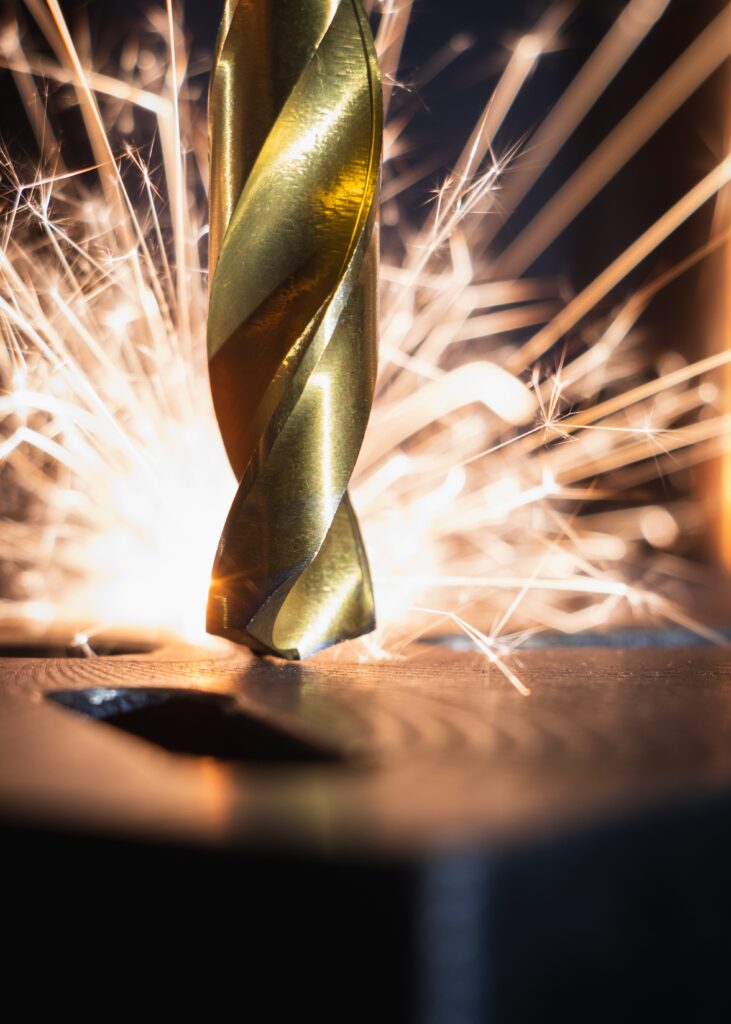
Getting Started with Welding Tools
Essential tools for welding beginners
As a beginner welder, there are several essential tools that you will need to get started. These include a welding machine, welding electrodes or wire, a welding helmet, welding gloves, grounding clamps, chipping hammer, wire brush, and welding pliers. It is essential to invest in good-quality tools to ensure the accuracy and safety of your welding projects.
Explanation of what each tool does
-
Welding machine: This is the primary tool you will use for welding. It generates the electric current needed to create the arc and allow for metal fusion.
-
Welding electrodes or wire: These consumable components are utilized in various welding techniques to provide the necessary filler material.
-
Welding helmet: The helmet, equipped with a darkened lens, protects your eyes and face from the intense light and harmful radiation produced during welding.
-
Welding gloves: These heat-resistant gloves protect your hands from burns and sparks while providing dexterity and grip.
-
Grounding clamps: Grounding clamps are essential for establishing a safe electrical ground and preventing electrical accidents.
-
Chipping hammer: This tool is used to remove slag and debris from the weld bead, ensuring a clean and smooth finish.
-
Wire brush: Often used in conjunction with the chipping hammer, a wire brush helps remove any remaining debris or impurities on the metal surface.
-
Welding pliers: These specialized pliers are designed for manipulating the welding wire and electrode, trimming excess material, and handling hot components.
Where to buy welding tools
Welding tools can be purchased from a variety of sources. Local welding supply stores, home improvement stores, and online retailers offer a wide range of welding equipment and accessories. It is advisable to research and compare prices, read customer reviews, and select reputable sellers to ensure the quality and authenticity of the products you are purchasing.
Basic Welding Exercises for Beginners
Practicing welding on scrap metals
One of the most effective ways to improve your welding skills is through practice. Begin by practicing on scrap metal pieces to familiarize yourself with the equipment and welding technique. Start with simple straight beads, gradually progressing to curved or angled welds. By practicing consistently, you will develop control, precision, and confidence in your welding abilities.
Creating simple structures
Once you have gained some proficiency, you can challenge yourself by creating simple structures. This could include welding together metal plates to form a simple box or joining multiple pieces of metal to create a basic frame. As you work on these projects, pay attention to fitment, alignment, and consistency in your welds.
Monitoring and improving precision and consistency
Precision and consistency are crucial aspects of welding. As you advance in your welding journey, focus on improving these skills by monitoring your welds closely. Pay attention to factors such as travel speed, angle, and distance between the electrode and the workpiece. By consistently striving for precision and maintaining a steady hand, you can elevate the quality of your welds and ensure structural integrity.

Intermediate Welding Projects
Upgrading to more complex structures
As you become more proficient in welding, you can challenge yourself with more complex welding projects. This could involve fabricating structures such as outdoor furniture, bike racks, or custom storage units. By venturing into these intermediate projects, you will further refine your welding skills and gain experience in handling larger and more intricate designs.
Working on personal projects
Welding also provides a unique opportunity to work on personal projects that reflect your creativity and vision. Whether it’s constructing a decorative metal gate, designing a sculpture, or building a custom grill, the possibilities are endless. These personal projects not only showcase your welding skills but also serve as a source of pride and satisfaction as you bring your ideas to life.
Experimenting with different materials
As an intermediate welder, you can expand your repertoire by experimenting with different materials. This could involve welding stainless steel, aluminum, or even exploring the art of welding dissimilar metals. Each material requires unique welding techniques and offers its own set of challenges. By broadening your horizons and embracing these challenges, you will become a well-rounded welder capable of handling diverse projects.
Advanced Welding Techniques
Learning about Welding Metallurgy
Welding metallurgy explores the relationship between welding processes and the properties of the welded metal. Understanding the metallurgical aspects of welding can greatly enhance your ability to select appropriate techniques, electrode materials, and welding parameters for specific applications. By delving into the science of welding metallurgy, you can elevate your welding skills to an advanced level.
Mastering welding joint types
Welding joint types are crucial in determining the strength and integrity of a weld. As an advanced welder, it is important to master various joint types, including butt joints, lap joints, T-joints, and corner joints. Each joint requires specific preparation and welding techniques to achieve optimal results. A thorough understanding of welding joint types allows for precise execution and ensures the long-term durability of the welded structure.
Overview of welding blueprints
Blueprint reading and interpretation are vital skills for advanced welders. Blueprints provide detailed instructions and specifications for welding projects, including dimensions, weld symbols, and material requirements. Being able to comprehend and accurately follow a blueprint ensures that your welding work meets the desired specifications and quality standards. Investing time in learning blueprint reading can significantly enhance your welding abilities and open doors to more complex and professional projects.
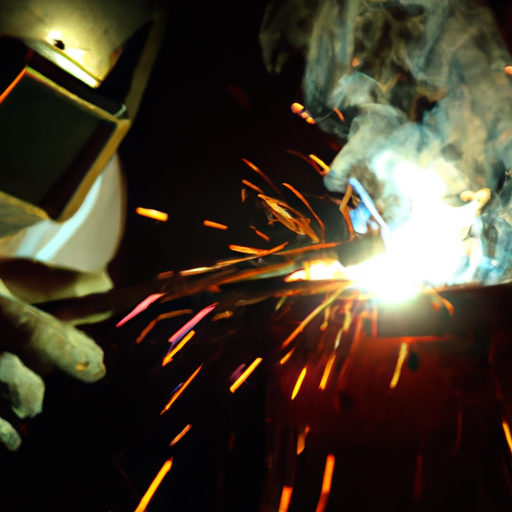
Troubleshooting Common Welding Problems
Identifying poor weld
Even the most experienced welders encounter welding problems from time to time. Learning to identify and address poor welds is essential for maintaining the quality and reliability of your work. Common issues include undercuts, porosity, lack of fusion, and excessive spatter. By understanding the root causes of these problems, you can employ appropriate techniques to rectify them and produce high-quality welds consistently.
Dealing with welding equipment malfunction
Welding equipment malfunction can significantly impact the outcome of your welding projects. From power supply issues to electrode sticking, equipment-related problems can be frustrating. It is crucial to regularly inspect your equipment, clean or replace damaged parts, and ensure proper maintenance. When faced with equipment malfunctions, troubleshooting techniques and seeking guidance from experts can help resolve the issues promptly.
Safety mishaps and how to handle them
Despite taking all necessary safety precautions, accidents can still occur during welding. It is essential to be prepared and equipped with the knowledge of how to handle such situations. In the event of an injury, promptly administering first aid and seeking medical attention is crucial. Familiarize yourself with emergency procedures and ensure that you have a communication plan in place to reach out for assistance. Remember, prioritizing safety at all times can minimize the risk of mishaps.
Maintaining Your Welding Skills and Equipment
How to keep your welding skills sharp
Maintaining and improving your welding skills requires consistent practice and learning. Regularly setting aside time to practice welding exercises, undertake challenging projects, and explore new techniques will help keep your skills sharp. Seeking opportunities to collaborate with other welders or joining welding communities can also provide valuable feedback and facilitate skill development. Continually pushing yourself to learn and grow will ensure that you not only maintain your skills but also reach new heights as a welder.
Maintaining your welding tools
Proper maintenance of your welding tools is essential to prolong their lifespan and ensure their optimal performance. Regularly clean and inspect your equipment, removing any debris or buildup that may hinder functionality. Replace worn-out parts such as welding tips or electrodes to maintain consistent weld quality. Additionally, secure storage for your tools, protection against moisture and extreme temperatures, and periodic calibration of equipment are essential practices for tool maintenance.
Continuing education and staying updated with welding trends
In the rapidly evolving field of welding, it is crucial to stay updated with the latest techniques and trends. Continuing education through workshops, seminars, or online courses can provide valuable insights and help you stay ahead of the curve. Engaging in ongoing learning also allows you to explore emerging technologies and advancements in welding processes, ensuring that your skills remain relevant and adaptable to the ever-changing demands of the industry.
In conclusion, while self-learning welding may present some challenges, it is definitely feasible with the right approach and dedication. By understanding the difficulty level, prerequisites, and time commitment required, you can embark on your welding journey with confidence. Exploring the practical uses, career opportunities, and fulfilling aspect of acquiring welding skills can further motivate you to pursue this rewarding endeavor. As you delve into different welding techniques, prioritize safety, and familiarize yourself with welding tools, you will gradually gain proficiency and tackle various welding projects. As you progress, challenge yourself with advanced techniques, troubleshoot common problems, and maintain your skills and equipment to ensure continued growth and success in the field of welding.
